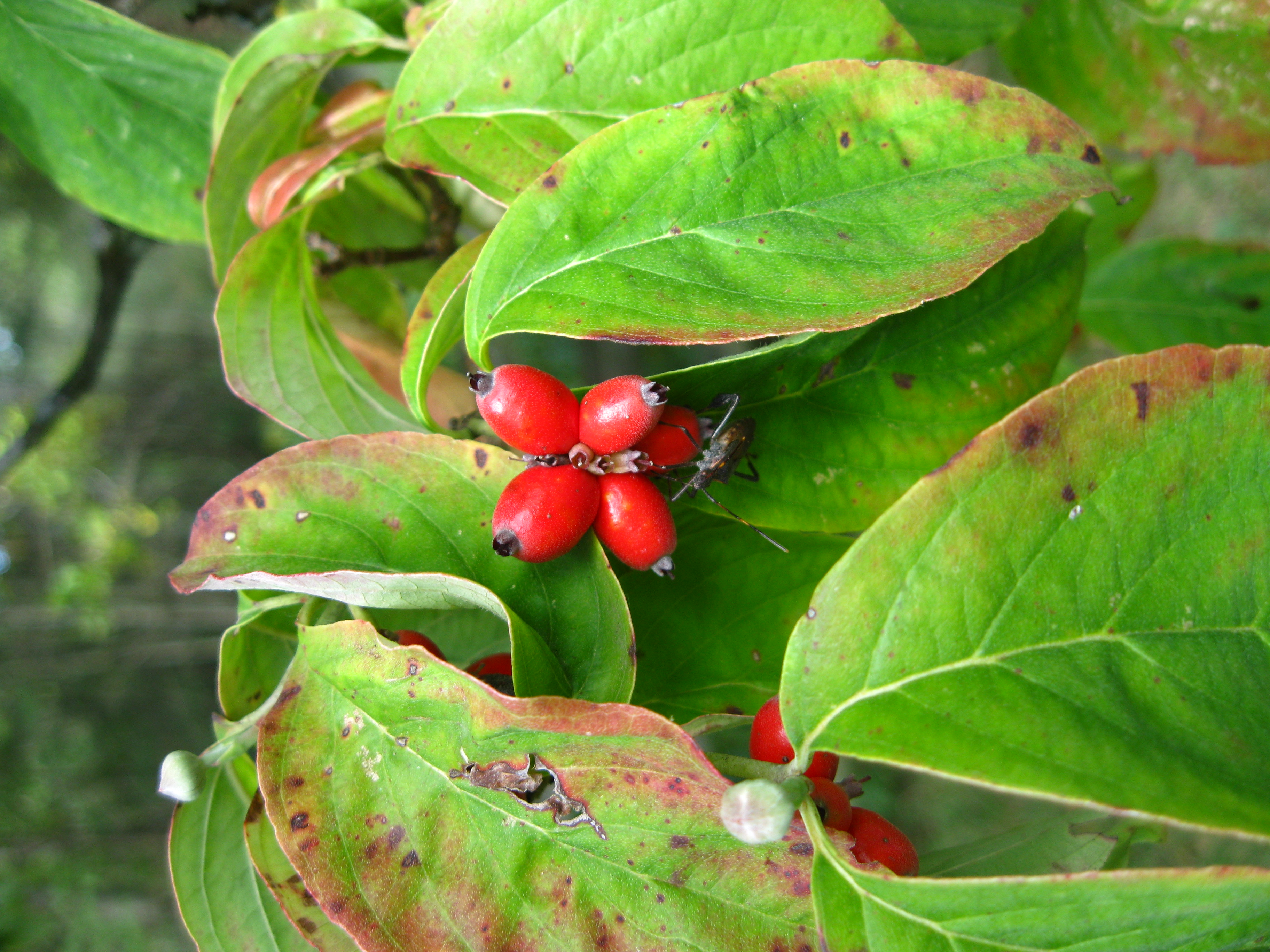
Dogwood Fruit September Wildfoods 4 Wildlife
Dogwood berries play a crucial role in supporting local wildlife. They serve as a food source for various species of birds, including robins, cardinals, and waxwings. Mammals such as squirrels, rabbits, and deer also feed on the berries and leaves of the dogwood tree. In addition to providing nourishment, the berries also aid in seed dispersal.
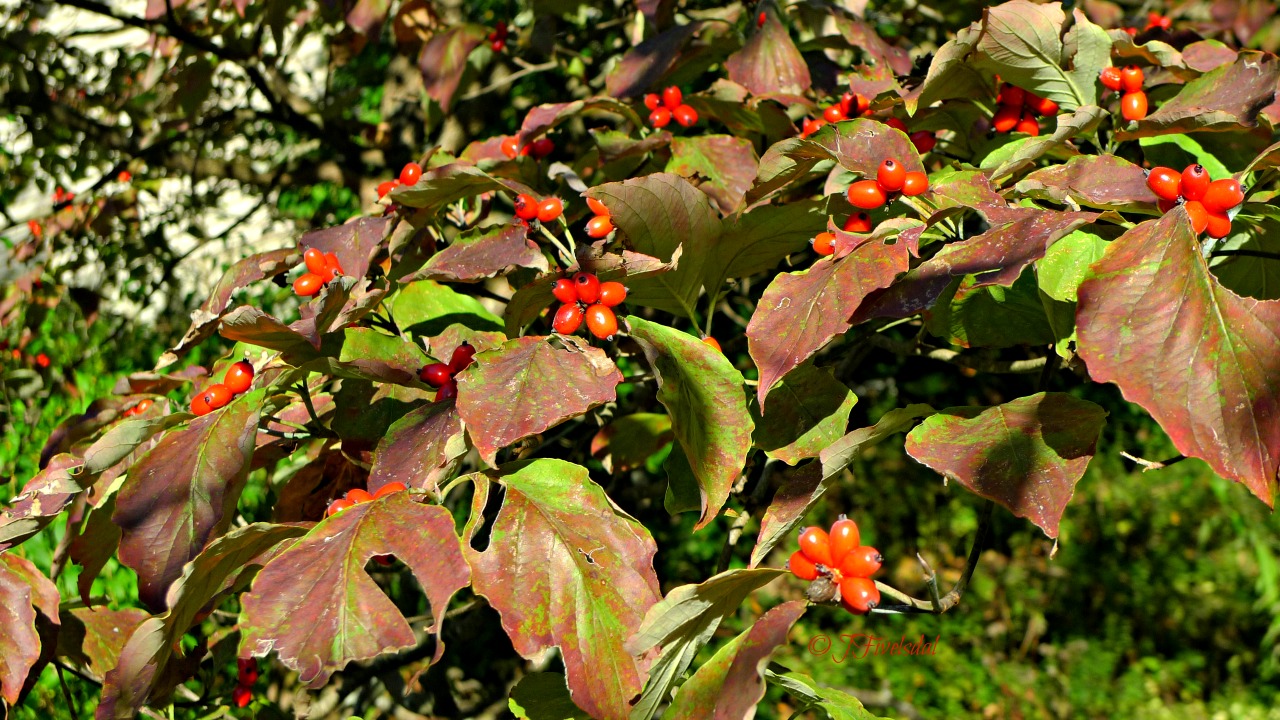
The Dogwood tree in the Fall
Northern Mockingbirds eat the berries of dogwood trees, which are a favorite food. Dogwoods provide nutrients and energy for birds to help them fly and survive in winter. Northern mockingbirds have been seen eating dogwood berries before flying south during cold weather. Length: 8.1-10.4 in (20.5-26.5 cm) Weight: 1.6-2.0 oz (45-59 g)
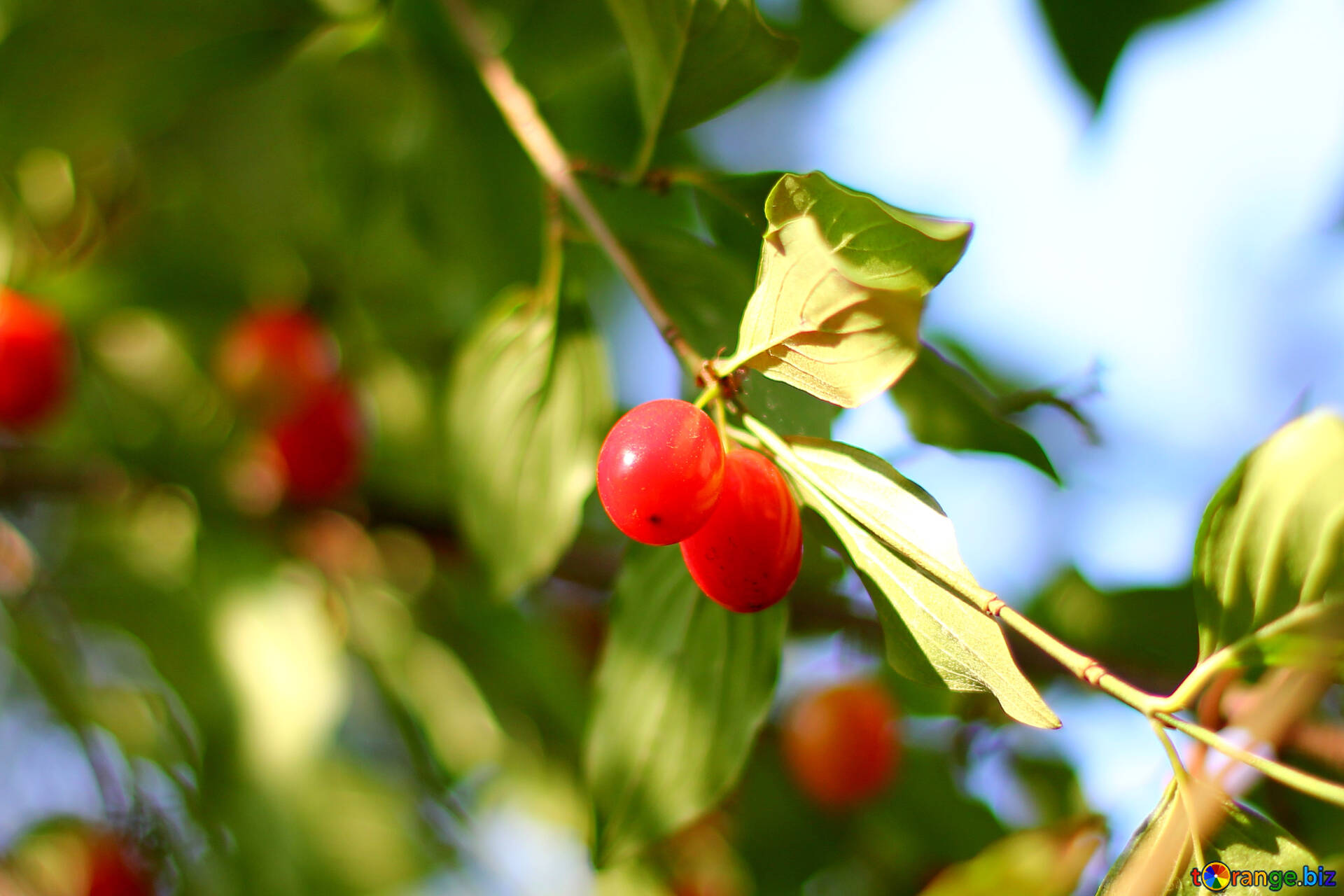
Dogwood berries on the tree free image № 32480
Some biologists suggest that part of the reason for this popularity is the dogwood tree advertises its bounty of berries. Let me explain. The theory is that when migratory birds en route to their winter homes are looking for a quick, energy-packed meal, berry-producing plants such as the flowering dogwood cloaked in eye-popping red fall foliage stand out among countless other trees in a.

Dogwood Tree Berries Poisonous To Dogs
Those blooms are followed by red fruits or berries that vary in size and shape depending on the flowering dogwood species. These aren't edible by humans, but their nutrients attract no fewer than.

A study of red berries Identify that Plant
Goji and dogwood berries grow on trees. Goji berries are also known as wolfberries, these berries are native to Asia, but they are cultivated all over the world. The berries are red, and they look like large raindrops. Aside from eating them fresh, they are often eaten dried. Dogwood berries grow on dogwood trees and are common in southeastern.

Dogwood Berries On Dogwood Tree Dogwood tree berries. Afte… Flickr
The little shiny red dogwood berries have the shape of coffee beans. When ripe, they taste like a cross between cranberries and sour cherries. Dogwood trees and shrubs are native to countries in Southern Europe and Southwestern Asia. They grow to between 16 and 40 ft. (5 - 12 m) tall, leaves are oval or oblong and measure up to 4" (10 cm.
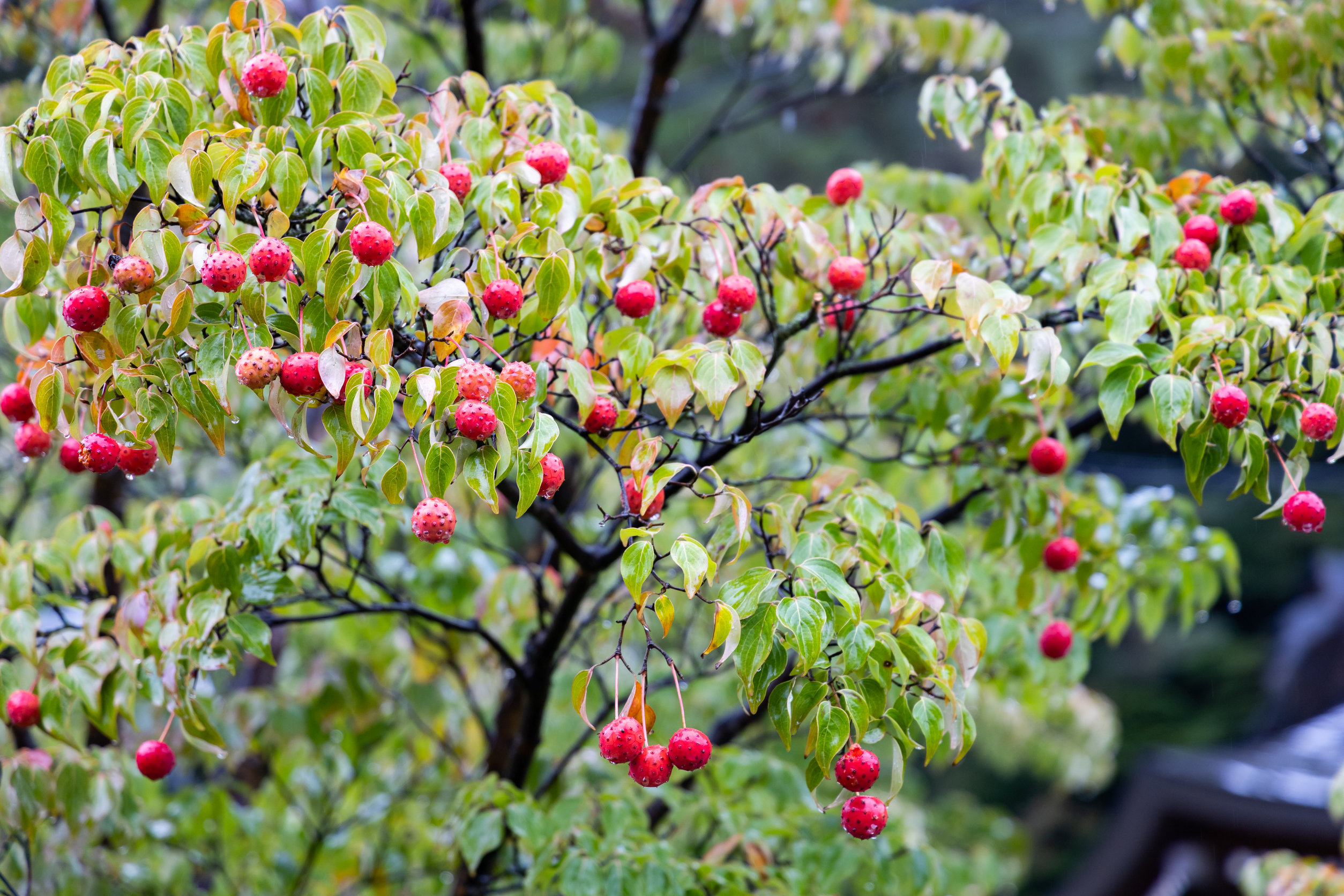
The Best 3 Dogwood Trees with Edible Berries Plant House Aesthetic
The "berries" on dogwood trees attract birds and small mammals. Dogwood Identification. Dogwood trees are easy to recognize due to their characteristic bark, smooth oval leaves, and white flower clusters. To identify dogwood trees, look for their hard, grayish bark that looks like alligator skin. Then, see if the leaves are elongated oval.
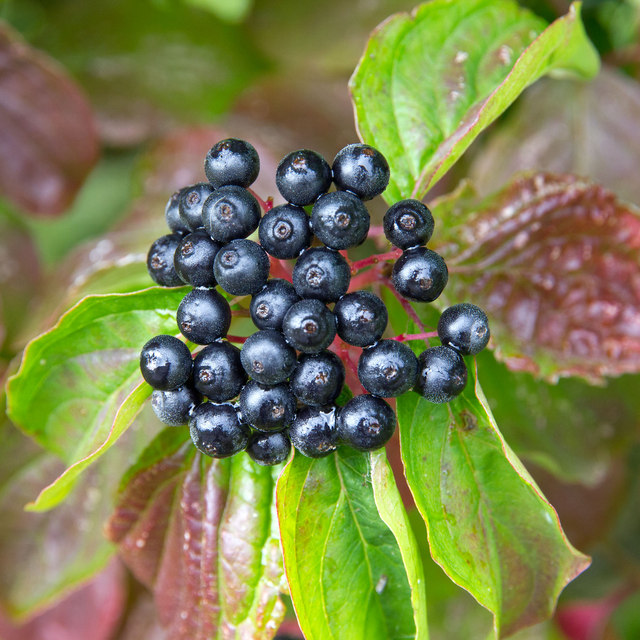
Dogwood berries © David P Howard ccbysa/2.0 Geograph Britain and
Dogwood tree with red berries. Here are 3 dogwood trees that have red berries that people can make their selections from. 1. Canadian bunchberry. The Canadian bunchberry (Cornus canadensis) is well known in some areas in Canada for a number of different reasons, including being 1 of the 2 only sub scrubs in the dogwood tree family.
Five Forty at Home Dogwood Berries
These small, round fruits are often overlooked, but they are actually edible. However, not all dogwood berries are safe to eat. There are over 50 species of dogwood trees, but only a few produce berries that are safe for human consumption. The most common edible dogwood berries come from the Cornus kousa and Cornus mas trees, which are native.

Out My Backdoor Dogwood Berries Are a Wildlife Favorite
Cornelian cherry dogwood hails from Eurasia and is considered a delectable sour fruit. Dark blue berries bloom in the fall where the leaves meet the branches, giving the tree a regal appearance. These berries are safe to consume; however, skin contact with the tree has been linked to rashes. Even though it has a sour taste, this fruit is said.

Cornus kousa (Kousa Dogwood) Fruit plants, Fruit garden, Dogwood trees
Botanical name: Cornus kousa. Common names: Kousa Dogwood, Japanese Dogwood. Plant family: Cornaceae. USDA hardiness zone: 5 - 8. Mature height: 7 to 30 feet. Mature spread: 3 to 30 feet. The Kousa dogwood is native to Asia, and it is recommended as a good alternative to the Flowering dogwood (Cornus florida).
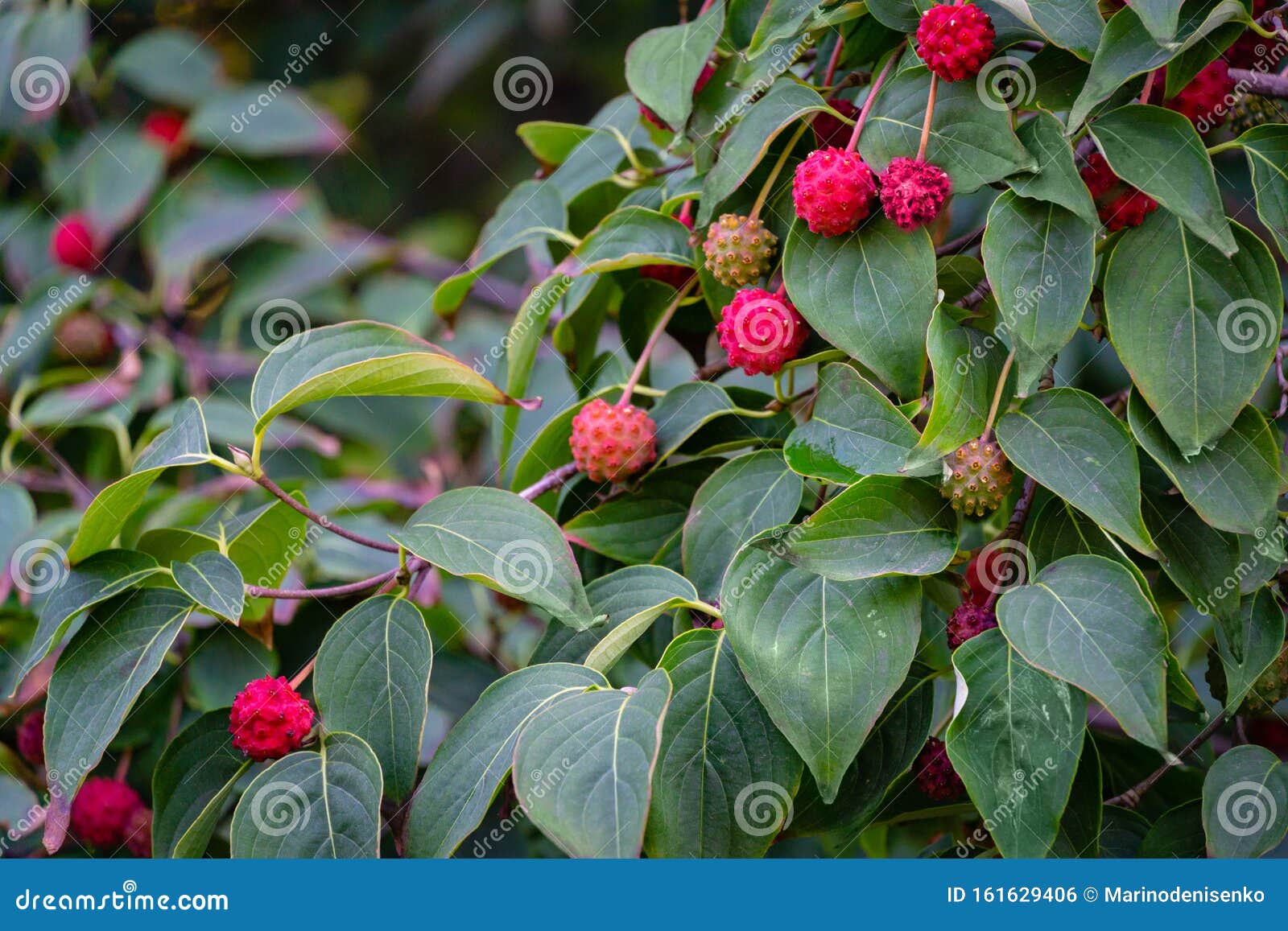
Original Red Berries of Kousa Dogwood Tree Cornus Kousa on the Dogwood
The three common types of dogwood trees producing red berries are the kousa dogwood, Cornelian cherry dogwood, and the flowering dogwood tree. Dogwood trees are identified by their lanceolate leaves measuring 2.4" to 5.1" (6 - 13 cm) long. Flowering dogwood has the showiest blooms with large star-shaped white blossoms.

Dogwood Berries in Fall I love red berries on a bright gre… Flickr
Generally, you can safely eat ripened berries of a few varieties of dogwood trees, like Kousa or Pacific dogwood tree berries, but only some varieties are safe. Few dogwood tree berries contain toxins and can be poisonous to humans if eaten. However, suppose you have fruits from trees like Kousa dogwood, Pacific dogwood, or Cornelian cherry.

What Dogwood Tree Has Red Berries? Hunker Dogwood berries, Dogwood
Dogwood trees and shrubs (Cornus spp.) include a large group of flowering plants within the genus Cornus.The 17 types of dogwood trees in this genus that are native to the United States also include some species that are best described as subshrubs—fast-growing woody plants that tend to die back in the winter to ground level and grow back from buds near the base of the plant.

'Tis the season for dogwood berries (Harvey Cotten)
Dogwood trees are actually quite easy to grow from seed, so quite a number of nursery-sold dogwood trees are actually ceilings. The production of flowers and berries are obviously intrinsically linked - so you won't get berries until the tree has already started flowering. Seedling dogwood trees have to reach maturity (when they make.

Red Cornus kousa dogwood berries on tree in autumn at Quarryhill
A Beautiful Dogwood with Edible Fruit. The Cornelian cherry dogwood, , is a little-known dogwood of note. Instead of the showy, white bracts of our native and Kousa dogwoods, this tree has clusters of small yellow flowers which absolutely cover the tree in February or early March. It is a small, dense tree with a rounded form and interesting.